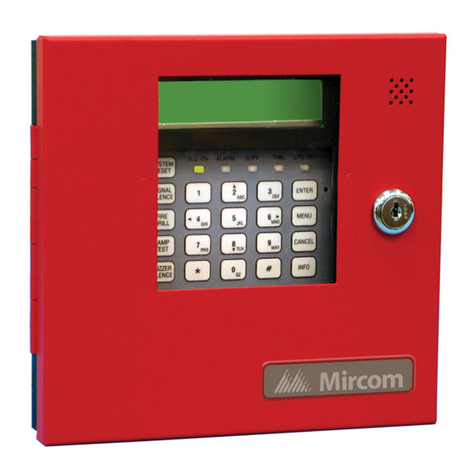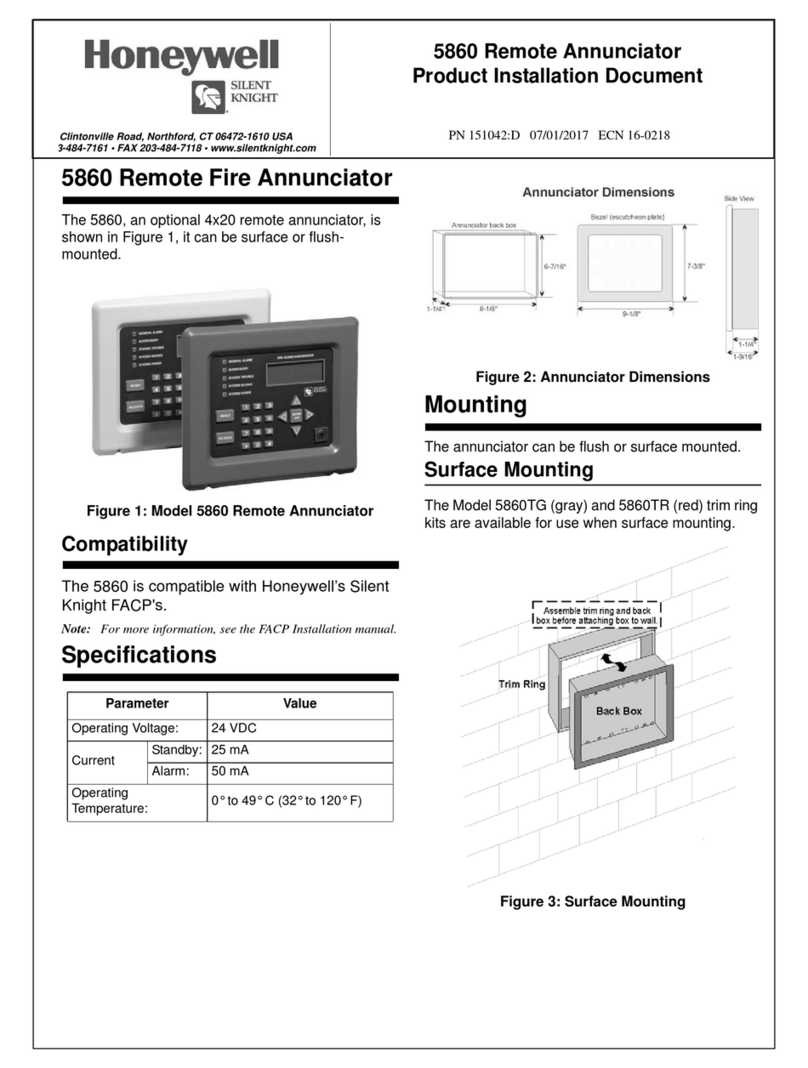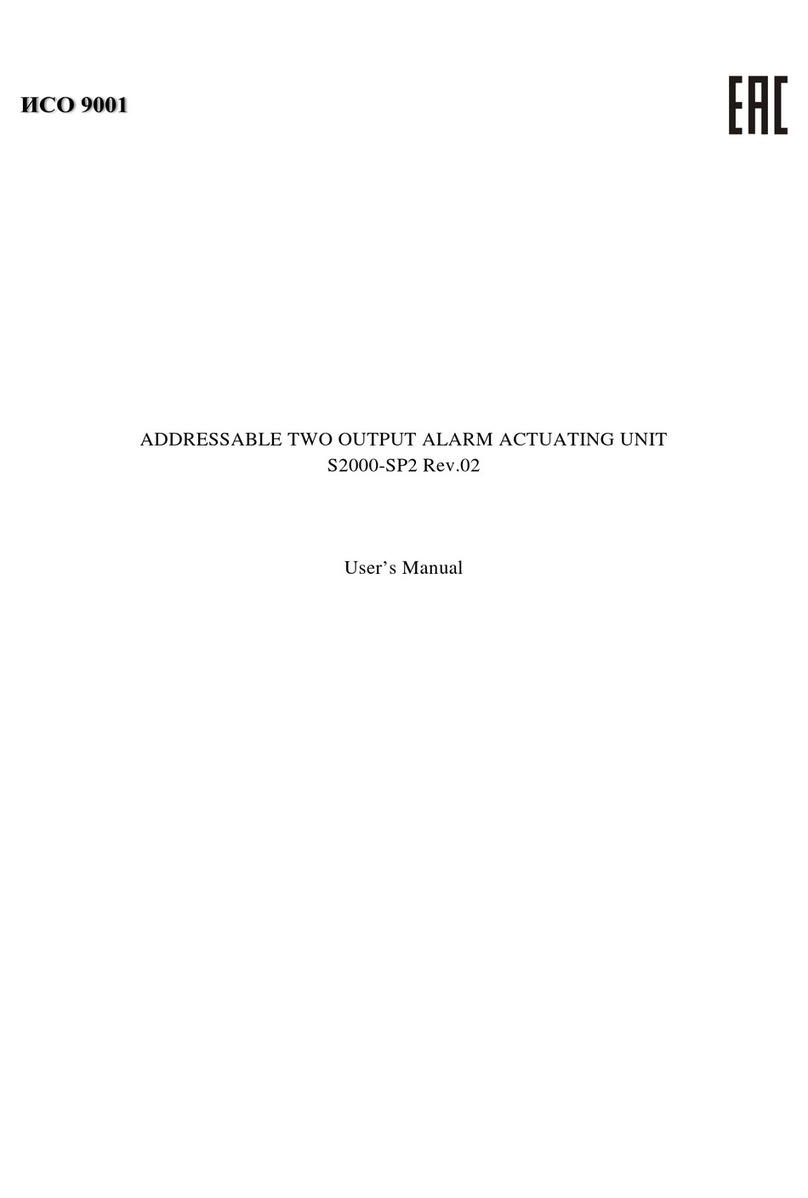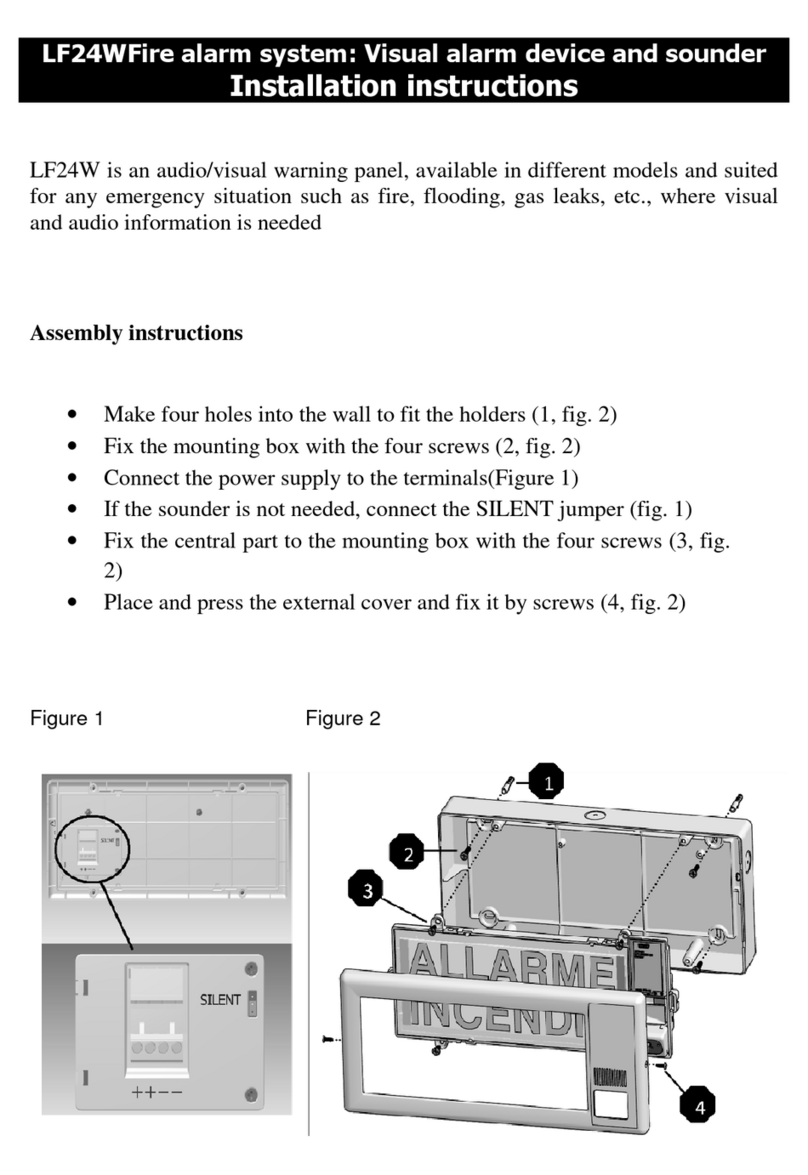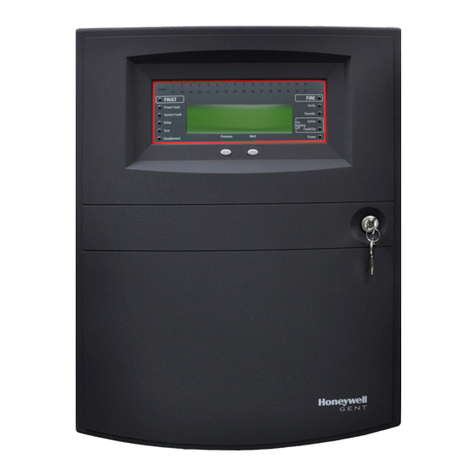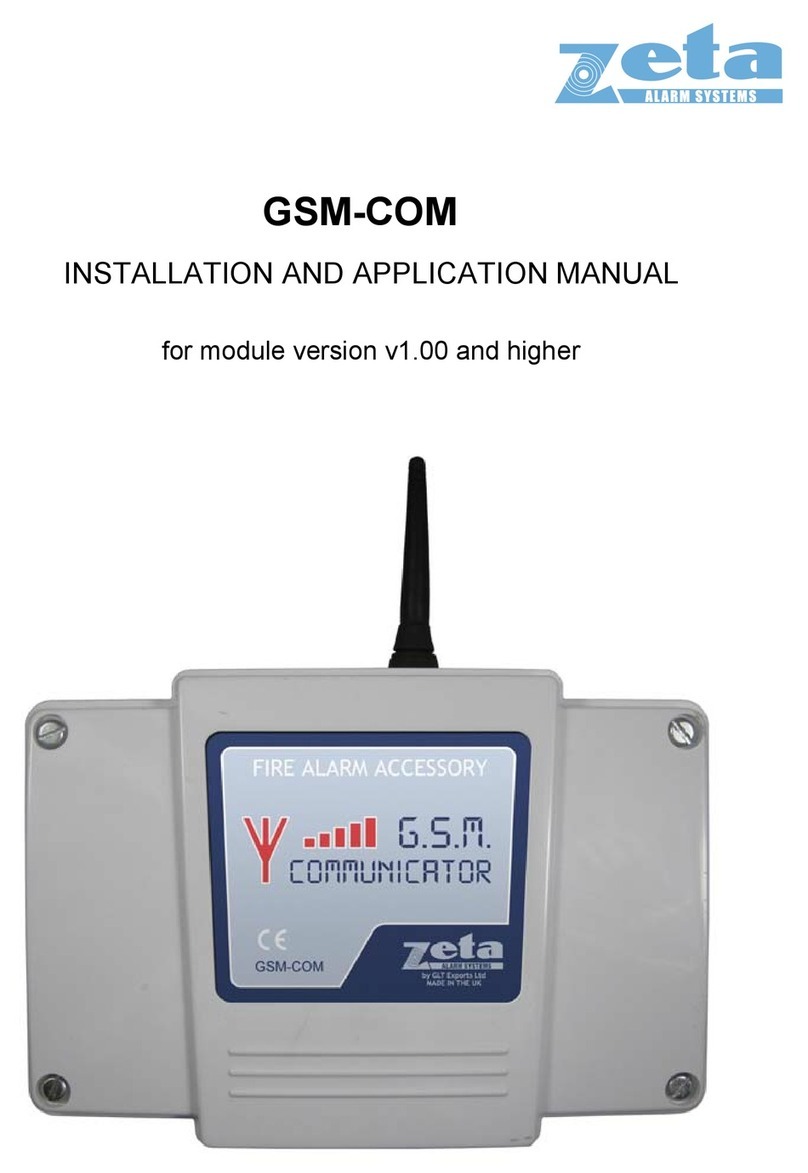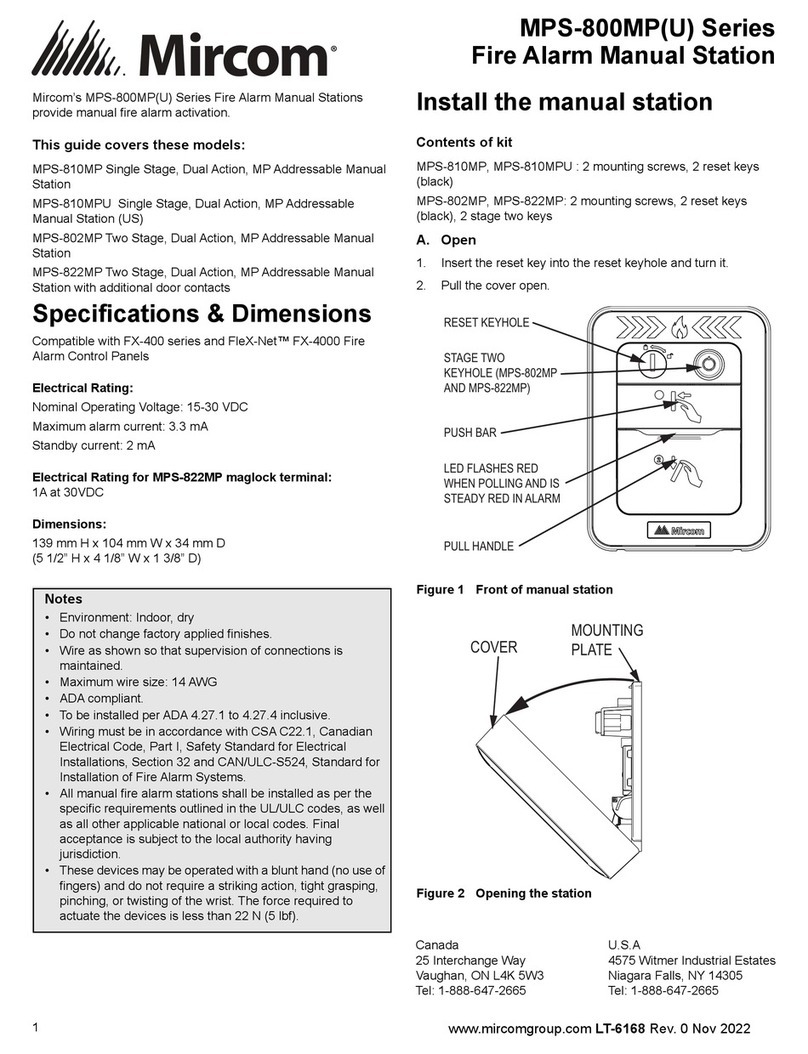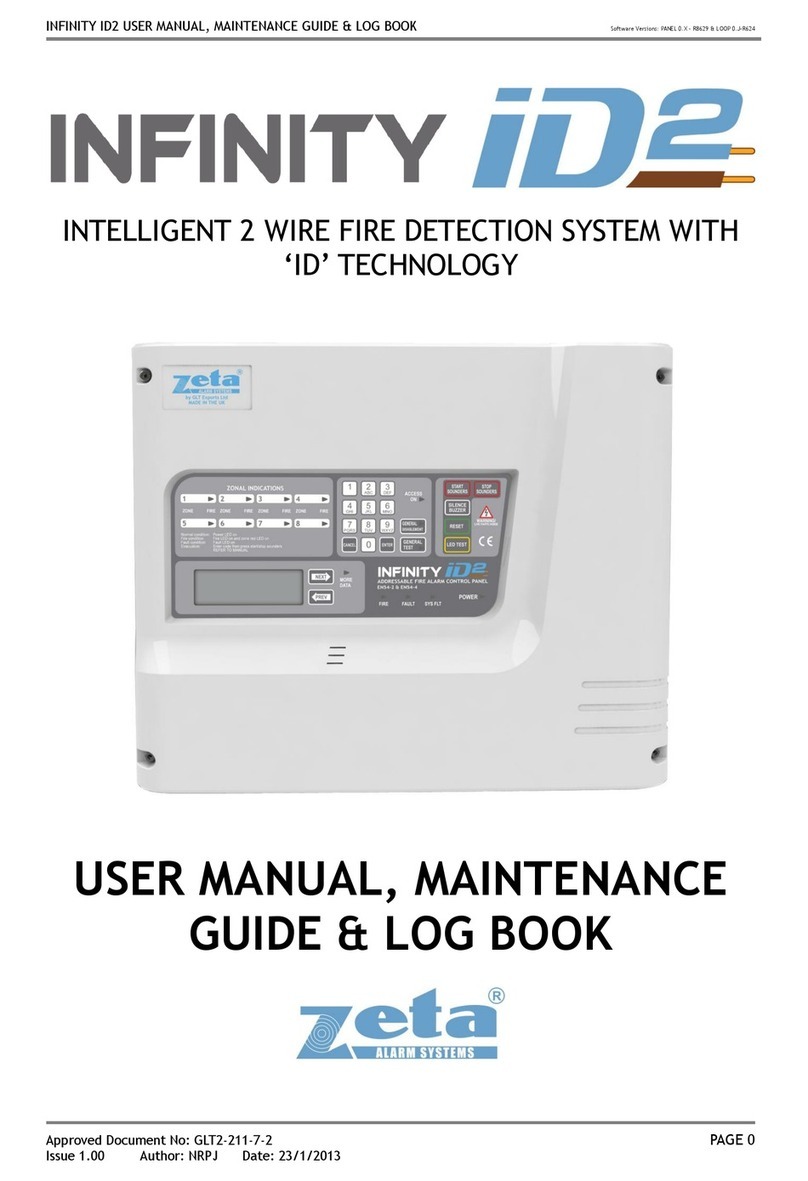
List of figures
SecuriFire 500, System Description, T 811 058 en 19 / 18
9 List of figures
Fig.1 SecuriFire FCP 500.......................................................................................................................................................................3
Fig.2 Overvoltage protection...................................................................................................................................................................4
Fig.3 Topology of a SecuriFire 500 fire alarm control panel ....................................................................................................................5
Fig.4 SecuriFire FCP with built-in B7-MIC11 indication and control map ................................................................................................7
Fig.5 Schematic of an EPI-BUS..............................................................................................................................................................8
Fig.6 B5-EPI-PIM....................................................................................................................................................................................8
Fig.7 B5-EPI-PCM ..................................................................................................................................................................................9
Fig.8 B5-EPI-FPC...................................................................................................................................................................................9
Fig.9 B5-EPI-ASP...................................................................................................................................................................................9
Fig.10 B5-EPI-FAT..................................................................................................................................................................................9
Fig.11 B5-EPI-FPD .................................................................................................................................................................................9
Fig.12 B5-EPI-FPCZ.............................................................................................................................................................................10
Fig.13 B5-EPI-FPS-S............................................................................................................................................................................10
Fig.14 Basic circuit board with PSU and integrated MIC ......................................................................................................................11
Fig.15 Housing with operating panel....................................................................................................................................................11
Fig.16 Schematic of SecuriLine eXtended ring circuit..........................................................................................................................12
Fig.17 MCD 573X ................................................................................................................................................................................14
Fig.18 CCD 573X.................................................................................................................................................................................14
Fig.19 USB 501....................................................................................................................................................................................14
Fig.20 LKM 531....................................................................................................................................................................................14
Fig.21 BX-SOL.....................................................................................................................................................................................14
Fig.22 BX-FOL.....................................................................................................................................................................................14
Fig.23 MCP 545 X N............................................................................................................................................................................14
Fig.24 MCP 535...................................................................................................................................................................................15
Fig.25 BX-OI3......................................................................................................................................................................................15
Fig.26 BX-O2I4....................................................................................................................................................................................15
Fig.27 BX-AIM......................................................................................................................................................................................15
Fig.28 BX-IOM.....................................................................................................................................................................................15
Fig.29 BX-REL4...................................................................................................................................................................................15
Fig.30 BX-IM4......................................................................................................................................................................................15
Fig.31 BX-O1.......................................................................................................................................................................................15
Fig.32 BX-I2.........................................................................................................................................................................................16
Fig.33 BX-ESL.....................................................................................................................................................................................16




















